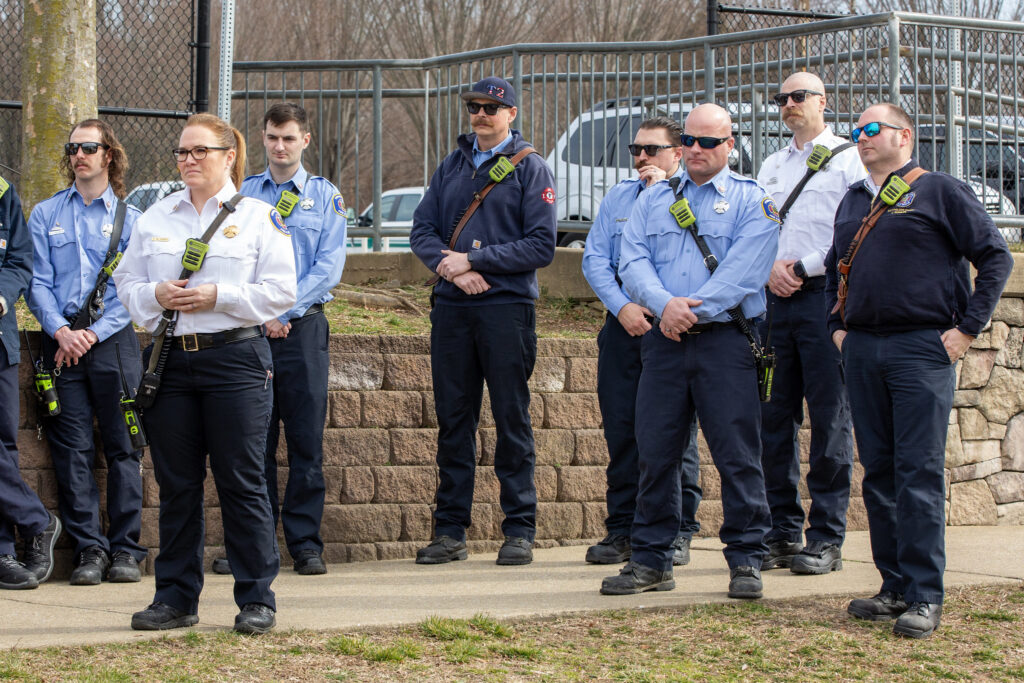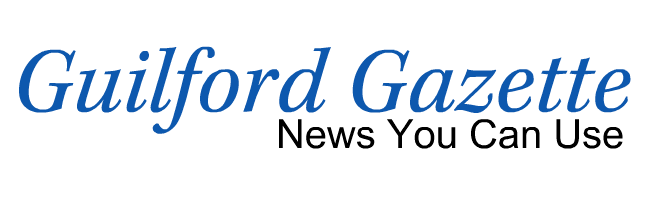
ELLICOTT CITY, MD – Howard County Executive Calvin Ball today announced the expansion of Howard County’s impactful Automated External Defibrillator (AED) program. Through this expansion, there will be more access to AED units throughout Howard County to ensure the best possible outcome for anyone suffering a sudden cardiac arrest (SCA).
“For every minute that someone is in sudden cardiac arrest, their chance of survival can decrease to between seven and ten percent. Tragically, across our nation, survival from sudden cardiac arrest is only around ten percent,” said Ball. “We are taking another step forward in being a model community for cardiac arrest survival by placing AEDs in more locations throughout the county to ensure bystanders and loved ones have the means to act fast to improve a sudden cardiac arrest patients’ survival. We can save more lives because we know that every second matters.”
Through this expansion, Howard County is adding 17 new AED SaveStations throughout its Department of Recreation & Parks’ regional park system. These SaveStations are designed to house any AED, indoors and out, and provide 24/7 access to these life-saving units. Park visitors can quickly and easily locate one of these AEDs by using the PulsePoint AED app, that can be downloaded for free from Apple’s App Store or from the Google Play app store.
Each Howard County Park Ranger vehicle is also equipped with an AED and each Park Ranger is trained on how to use an external defibrillator.
“Our Howard County-owned parks and indoor facilities welcome millions of people each year,” stated Director of Recreation & Parks Nick Mooneyhan. “The AEDs in our facilities, in every Park Ranger vehicle and these 17 new outdoor units in our parks help ensure more people may survive a cardiac event.”
“When a SCA strikes, we are highly dependent on the public to step in and help. Placing AEDs in outdoor SaveStations significantly increases the chance of survival by making these life-saving devices accessible to anyone, at any time. We’re very excited to see these life-saving devices being made publicly accessible 24/7 throughout Howard County,” said Deb Hennig, President & Co-Founder, SaveStation.
Additionally, through Howard County’s AED program, approximately 100 AEDs have been deployed in Howard County Police Department (HCPD) patrol vehicles and in each HCPD facility. Many times, HCPD officers are first to respond to an emergency call. By ensuring more officers are equipped with this life saving device, Howard County is increasing the chances of a SCA survival. Each Howard County public building is also equipped with AEDs.
“The police department is proud to be another key player in Howard County’s commitment to making AEDs widely available,” said Police Chief Gregory Der. “Currently, all police facilities and nearly 50 percent of our patrol vehicles are equipped with AEDs. This means our officers can be on scene with this life-saving equipment in a matter of moments.”
Howard County Executive Calvin Ball and the Department of Fire and Rescue Services (DFRS) are also encouraging residents, groups, businesses, nonprofits and other organizations in Howard County to learn how they can save a life by signing up for DFRS’s free, non-certification CPR classes. Appropriate for residents aged 12 and older, participants will learn Hands-Only CPR for adult victims, CPR for adults, children and infants, AED usage and choking relief. For residents interested in learning CPR, but unable to attend one of DFRS’s classes in person, the department also offers virtual presentations, which can be found on its “CPR Training” website.
“In sudden cardiac arrest, every second counts,” said Fire Chief Louis Winston. “Whether it’s by calling 911, starting CPR or applying an AED, members of our community can play an important part in the chain of survival and help slow down the clock that ultimately saves lives.”
